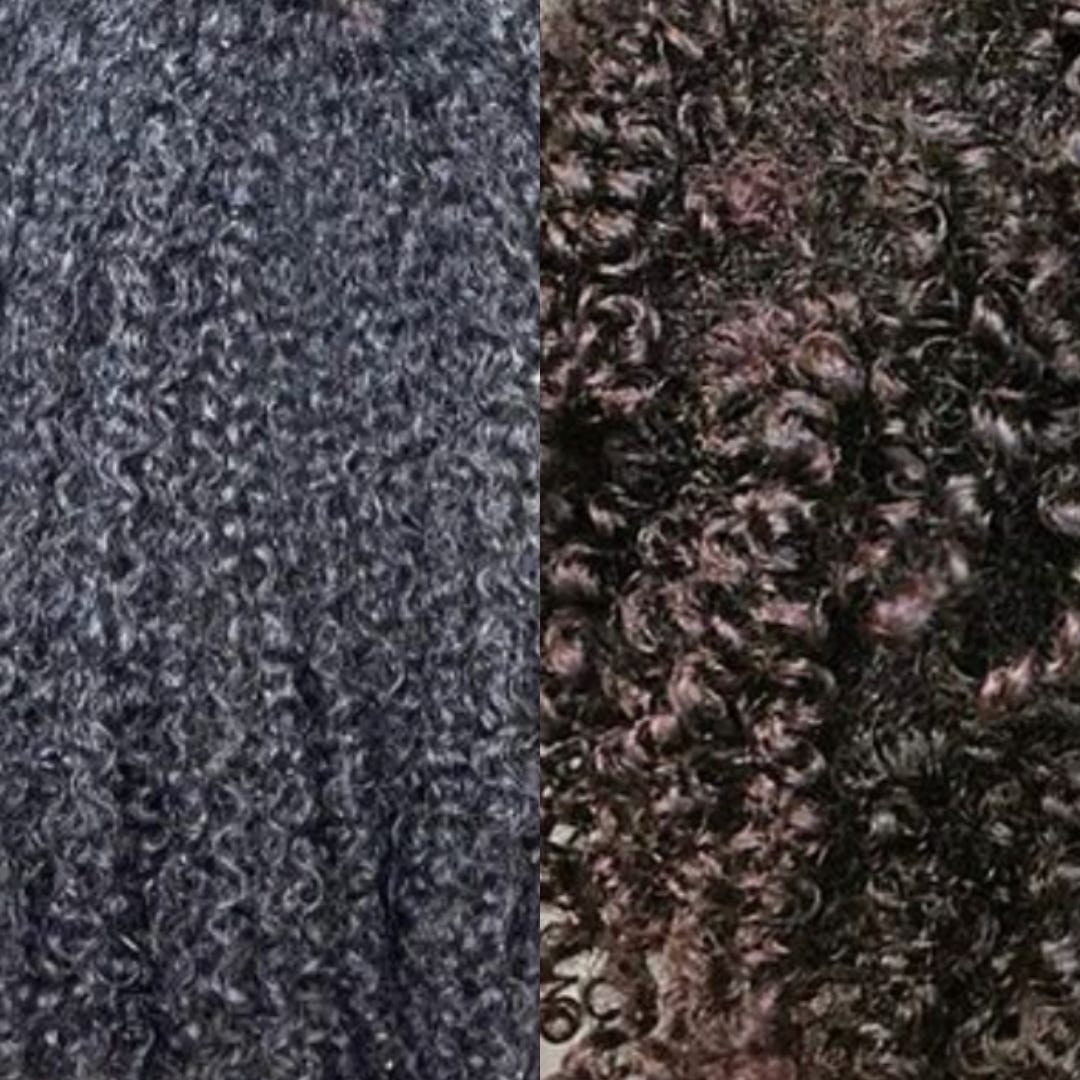Hair porosity refers to your hair's ability to absorb and retain moisture, and knowing your hair porosity can significantly impact your hair care routine. It is a crucial aspect of understanding your hair's needs and providing it with the right care.

Today, we'll delve into how to determine your hair type and the appropriate products to care for it.
What is Hair Porosity?
Hair porosity is essentially the measure of how easily your hair can absorb and retain moisture. It is determined by the condition of the hair cuticle, the outermost layer of the hair shaft. The cuticle can be tightly packed (low porosity), moderately porous (normal porosity), or raised and highly porous (high porosity).
Low Porosity Hair: Low porosity hair has tightly bound cuticles, making it difficult for moisture to penetrate the hair shaft. This type of hair often requires extra effort to moisturize effectively.
High Porosity Hair: High porosity hair has cuticles that are raised and prone to damage, leading to excessive moisture absorption and rapid moisture loss. This type of hair requires special attention to prevent dryness, frizz, and breakage.
Determining Your Hair Porosity:
There are simple methods you can use to determine your hair porosity at home. One common method involves conducting a water test using a clear glass of water and a strand of hair. Low-porosity hair will float on the water's surface, while normal porosity hair will sink slowly, and high-porosity hair will sink immediately.
Another method involves observing how your hair responds to moisture, such as how quickly it dries after washing or how well it retains moisture throughout the day.
Proper Care for High-Porosity Hair:
High-porosity hair requires special care to maintain moisture balance and prevent damage. Here are some essential tips for caring for high-porosity hair:
-
Moisturize with Heavy Oil or Cream Products: High-porosity hair tends to lose moisture quickly, so using heavy oil or cream-based products can help seal moisture into the hair shaft. Our Moisture Masque provides hydration and repair for revitalized and resilient locks.
-
Use Protein Treatments: Protein treatments can help strengthen the hair cuticle and improve its ability to retain moisture. Look for protein-rich treatments like our Grow & Repair Serum, specifically designed for high-porosity hair to help repair damage and prevent breakage.
-
Avoid Overprocessing: High-porosity hair is more prone to damage from chemical treatments such as coloring, relaxing, or excessive heat styling. Limiting these treatments can help prevent further damage to the hair cuticle and maintain its integrity.
-
Protect Your Hair: Protect your hair from environmental stressors such as sun exposure, chlorine, and harsh weather conditions. Wearing a hat or using protective hairstyles can help minimize damage and preserve moisture in high-porosity hair.
Best Products for Low-Porosity Hair:
On the other hand, low-porosity hair requires lightweight products that can penetrate the hair shaft easily and provide moisture without weighing it down, like our MoisturCurl Leave-In Conditioner.
Look for products with ingredients like Agave, glycerin, or jojoba oil, which absorb quickly and impart moisture and shine to low-porosity hair.
Understanding your hair porosity is essential for creating an effective hair care routine tailored to your hair's specific needs. Whether you have low, normal, or high-porosity hair, choosing the right products and techniques can help keep your hair healthy, moisturized, and looking its best. By following the proper methods of care outlined in this guide, you can achieve beautiful, well-nourished hair regardless of its porosity type.











